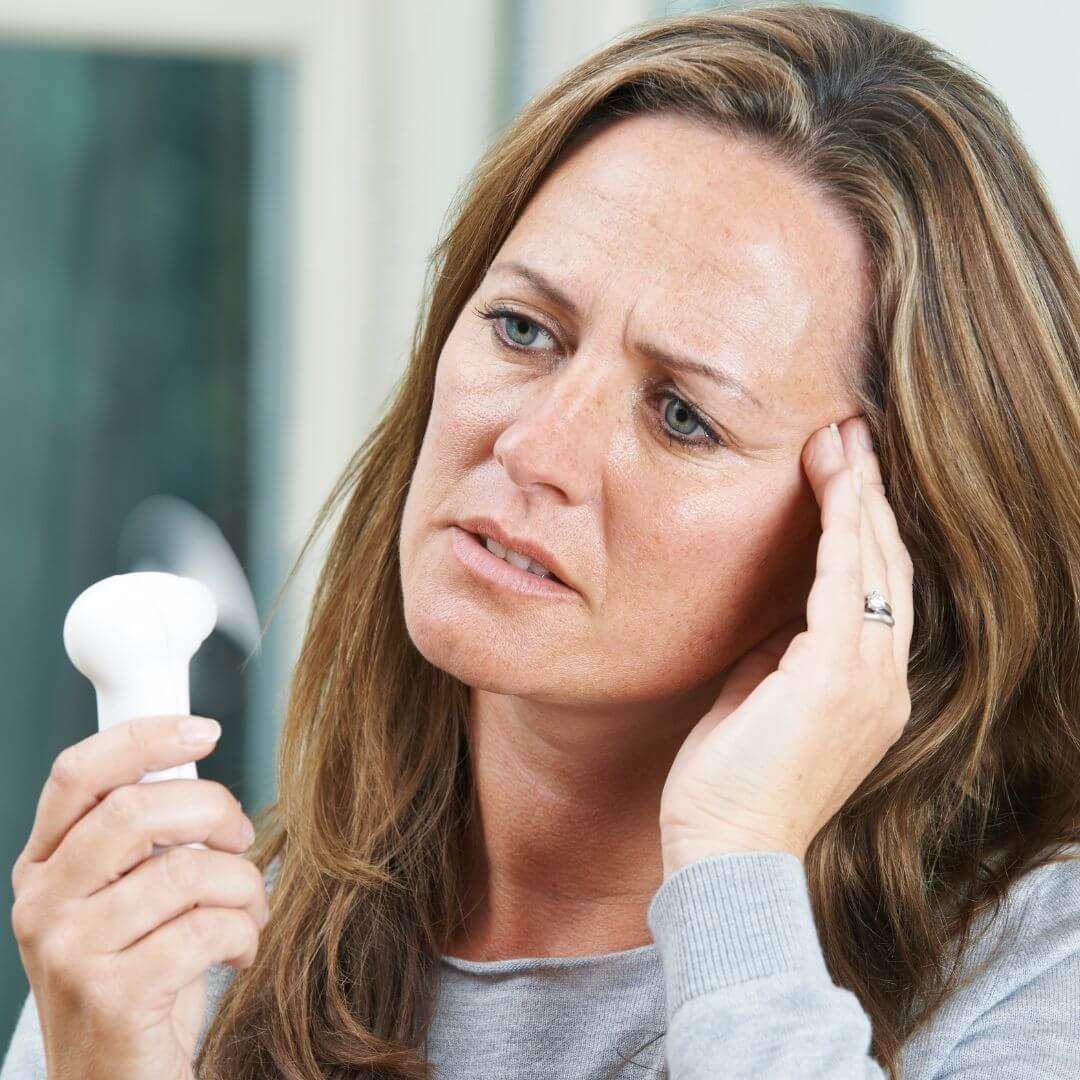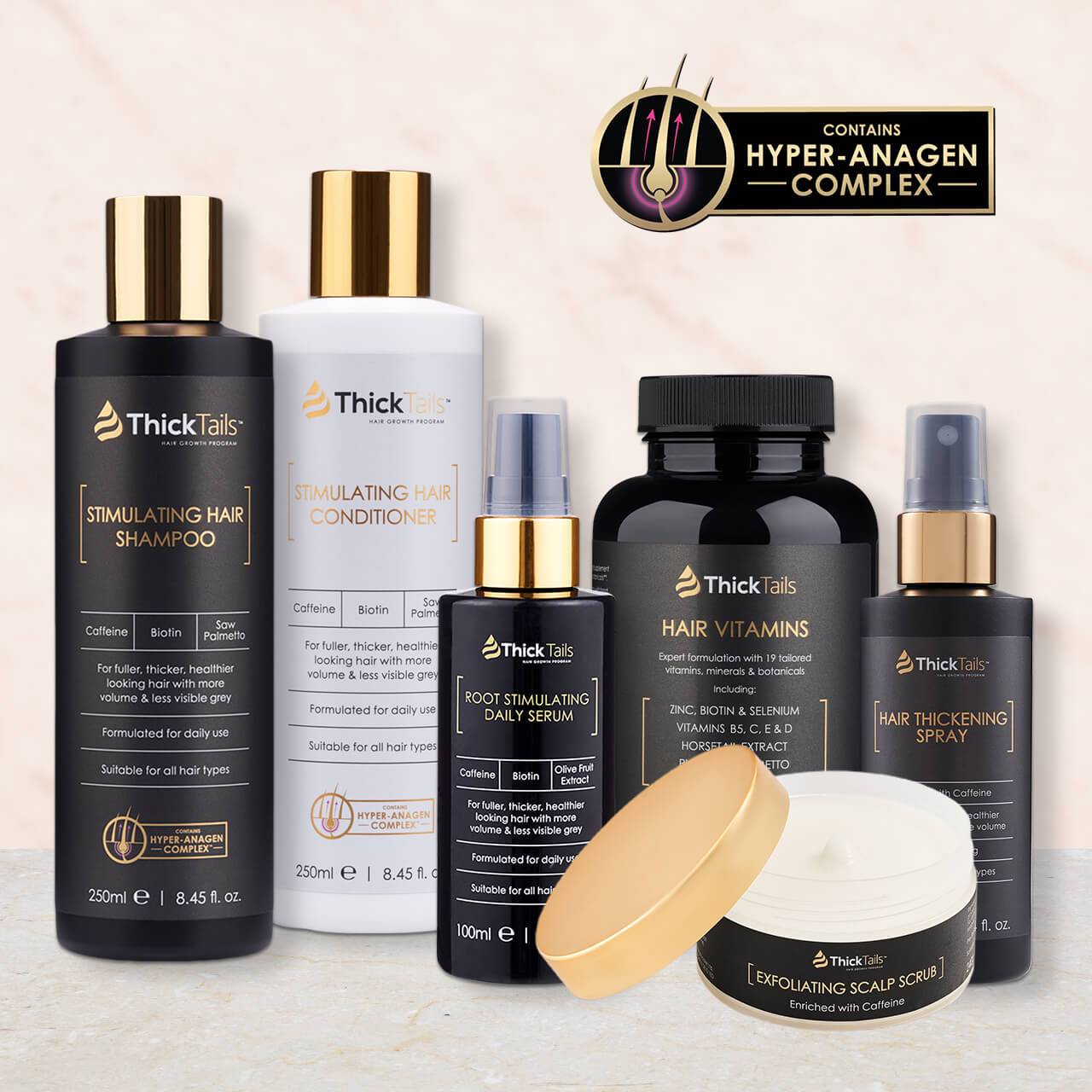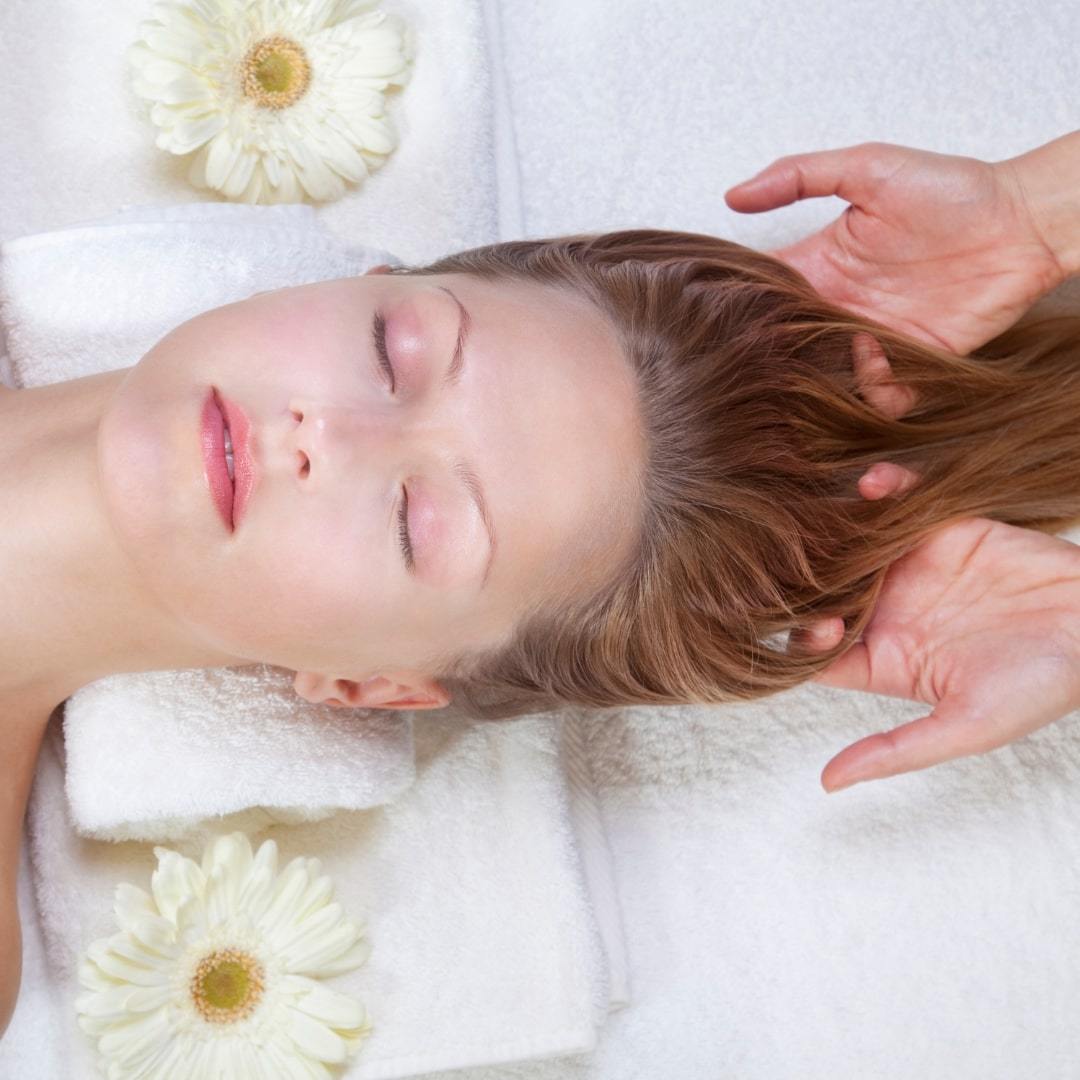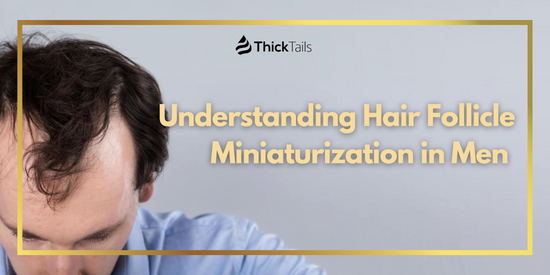For countless individuals, the mirror often becomes a battleground of personal self-esteem when one begins to notice the thinning of hair at the temples. Men, in particular, have long associated the receding hairline with aging and a loss of virility. Yet, understanding what triggers hair loss at the temples and, more importantly, the range of effective solutions available, can turn the tide against this common affliction. This blog post is an exhaustive guide for men dealing with the complexities of temple hair loss, offering a blend of scientific clarity and practical advice for those seeking to take back control of their hairline.
Understanding Hair Loss at Temples – The Basics

Hair loss at the temples is not merely a cosmetic concern but a prevalent issue affecting numerous men worldwide. Understanding the fundamental reasons behind this type of hair loss is crucial for identifying effective treatments. For many men, the thinning or receding of hair at the temples can begin as early as in their twenties, often serving as an early sign of male pattern baldness. It's a condition deeply rooted in genetics, hormonal changes, and lifestyle factors. Recognizing these causes provides the first step toward exploring targeted interventions and reclaiming confidence eroded by hair loss.
A. What is Temple Hair Loss?
Temple hair loss occurs when the hairline recedes, leaving a distinctive "M" shape. Over time, the temporal regions may see a reduction in the density of hair follicles, leading to a visible widening of the forehead at the temples.
This form of hair loss represents one of the first manifestations of androgenetic alopecia, more commonly referred to as male pattern baldness, which specifically targets men. The progression of hair loss at the temples can significantly influence a man's appearance, often leading to a more pronounced aging look that many wish to avoid. Understanding the mechanisms behind this condition is essential for men who are seeking ways to counteract the effects of temple hair loss.
B. Common Causes of Hair Loss at Temples
The most predominant cause of temple hair loss is often hereditary—male pattern baldness. Other key factors include aging, hormonal imbalances, and medical conditions such as alopecia areata or scalp infections.
Additionally, lifestyle choices and grooming habits, including the frequent use of harsh shampoos and conditioners, can exacerbate hair loss at the temples for men. Incorporating a nourishing hair serum specifically designed to strengthen hair follicles, alongside a gentle, hair-loss targeting shampoo and conditioner regime, may prove beneficial in mitigating the thinning of hair in these susceptible areas.
C. The Impact of Temple Hair Loss on Men and Women
Temple hair loss can be particularly distressing for men, affecting their self-image and confidence. While women are not as commonly afflicted with receding hairlines, temple hair loss can signal more severe health conditions that require attention.
Exploring Effective Solutions for Temple Hair Loss
The good news is that several approaches have proven effective in either preventing or reversing temple hair loss.
The pursuit of solutions for men dealing with temple hair loss begins with understanding the specific cause. For men, interventions ranging from medical treatments like minoxidil or finasteride to more natural approaches involving diet and lifestyle changes hold promise. Each option offers a beacon of hope for those looking to address the thinning of hair at their temples.
A. Topical Treatments and Medications
Among the arsenal of tools for combating hair loss at the temples, the combined use of specially formulated shampoo and conditioner alongside a potent hair serum emerges as a foundational strategy. For men grappling with this distressing condition, such a regimen is not just about cleansing and conditioning but about fortifying the hair follicles against further damage. These products often contain vital ingredients that can help to stimulate hair growth and improve the health of the scalp, making them critical components in the battle against temple hair loss. When chosen wisely and used consistently, a synergistic combination of shampoo, conditioner, and hair serum can significantly contribute to slowing down the progression of hair receding at the temples, offering men a tangible solution in their quest to preserve and enhance their hair's natural density and strength.
B. Hair Transplant Options for Temples
Hair transplant surgery, specifically follicular unit transplantation (FUT) and follicular unit extraction (FUE), can offer a lasting solution for those experiencing temple hair loss. By transplanting hair follicles from areas resistant to hair loss, natural-looking hair growth can be restored.
C. Lifestyle Changes and Home Remedies to Combat Hair Loss
Incorporating a nutrient-rich diet, reducing stress, and using hair care products specifically designed to combat hair loss, such as shampoos and conditioners containing biotin and niacin, can support healthy hair regrowth. Additionally, home remedies like scalp massages and the application of natural oils like rosemary or castor oil may aid in strengthening and regenerating hair.
The Future of Temple Hair Loss Treatments

While current treatments offer valuable solutions, the field of trichology is constantly advancing, promising innovations that could revolutionize how we approach temple hair loss.
The evolving landscape of treatments for temple hair loss in men remains a topic of keen interest and ongoing research. Among the plethora of options available, the strategic use of shampoo and conditioner, complemented by a robust hair serum, stands out as a fundamental trio in combating this condition. With advancements in these products specifically targeting men's hair loss at the temples, individuals have access to a powerful regimen that not only aims to halt hair loss but also fosters an environment conducive to hair regrowth and follicle strength. This holistic approach underscores the importance of selecting hair care products that are specifically formulated to address the unique challenges of temple hair loss, providing men with a proactive strategy to maintain their hair's vitality and appearance.
A. Emerging Technologies and Research
Laser therapy, also known as low-level laser light therapy (LLLT), and platelet-rich plasma (PRP) treatments are gaining traction for their potential to stimulate hair follicles and encourage growth. Both modalities are less invasive and can be viable options for individuals seeking alternative treatments.
B. Potential Breakthroughs in Temple Hair Loss Treatment
Stem cell research holds perhaps the most promising potential for dealing with temple hair loss definitively. Developing techniques that effectively grow hair follicles from stem cells could provide an unlimited source of restorative hair.
Furthermore, the integration of advanced biotechnology in the formulation of shampoo, conditioner, and hair serum is expected to bring about significant improvements in their effectiveness against temple hair loss in men. These futuristic hair care products are anticipated to work synergistically, targeting the root cause of hair loss at the temples with unprecedented precision and efficacy, offering hope and renewed confidence to those affected.
C. Tips for Preventing Further Hair Loss at Temples
Coupling medical solutions with preventive measures can significantly reduce further hair loss. Protecting the hair from damage, maintaining a healthy scalp environment, and avoiding tight hairstyles are practical ways to minimize additional temple hair loss.
In conclusion, the impact of temple hair loss may reach far beyond the physical, affecting one’s emotional and social well-being. However, with advances in science and a wealth of effective options available, temple hair loss need not be the end of the road for a full head of hair. Engaging with these solutions, understanding the root causes, and taking proactive steps can turn the tide against hair loss and restore not just hair but also confidence.
For those walking the path of temple hair loss, it’s critical to maintain a proactive approach, seeking consultation with a dermatologist or hair restoration specialist to devise a personalized treatment plan. Remember, every hairline is unique, and so is every individual’s response to treatment. By arming yourself with knowledge and expert advice, you can intelligently address the mystery of temple hair loss and reclaim your desired image of vitality and youth.














